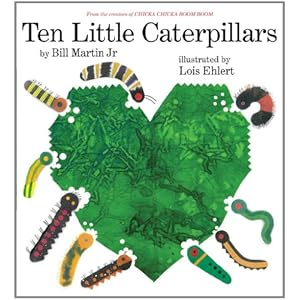Next I found Ocean Soup: Tide Pool Poems by Stephen R. Swinburne and Mary Peterson. These poems are clever and cute. I love the simple illustrations and the fun facts around the poems on the pages. Great reference for when we create Ocean/Seascape resists.
Next I found a book that really I didn't have a need for in my classroom, but I love this series. It holds a special place in my heart since I recall the original "If You Give a Mouse a Cookie" from my childhood. The latest in this series is If You Give a Dog a Donut by Laura Numeroff.
Lastly, I got a silly book Aliens Love Underpants by Claire Freedman. I love the illustrations and the story is very funny. I imagine my 1st through 3rd or 4th graders would love it. Not sure when I'll use it, perhaps if we create symmetrical alien collages or drawings.
Happy reading!















